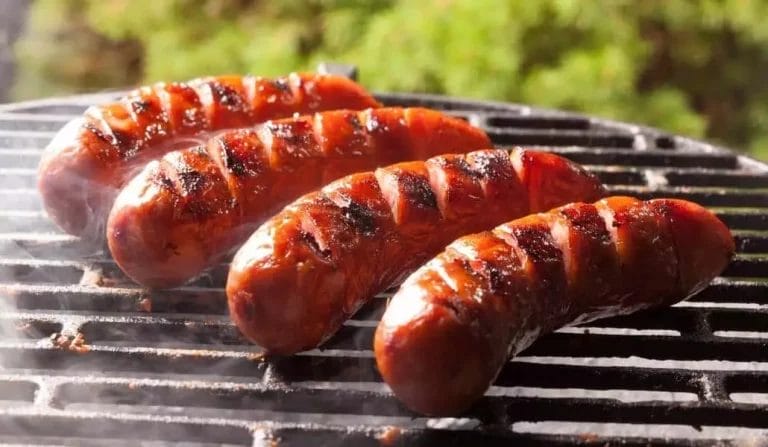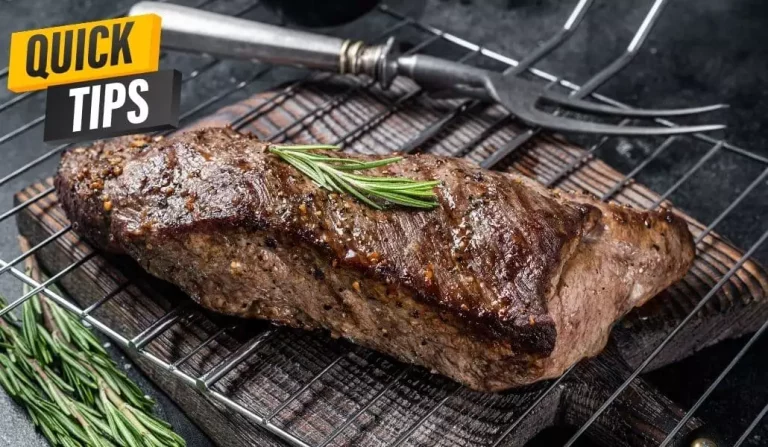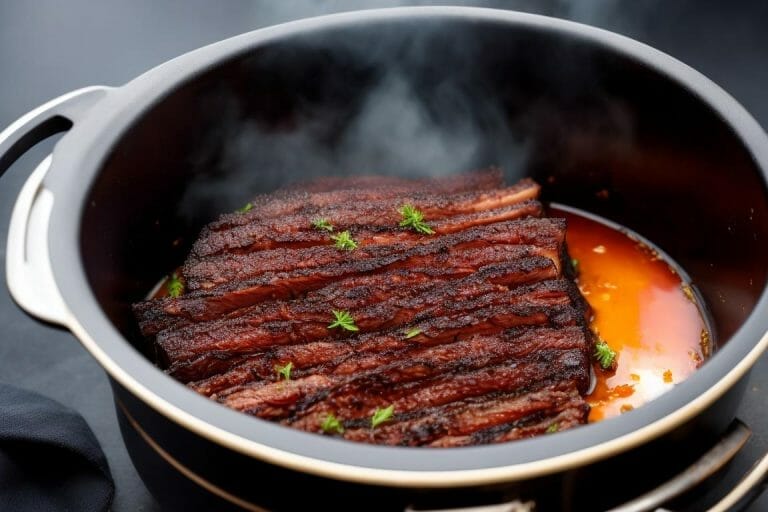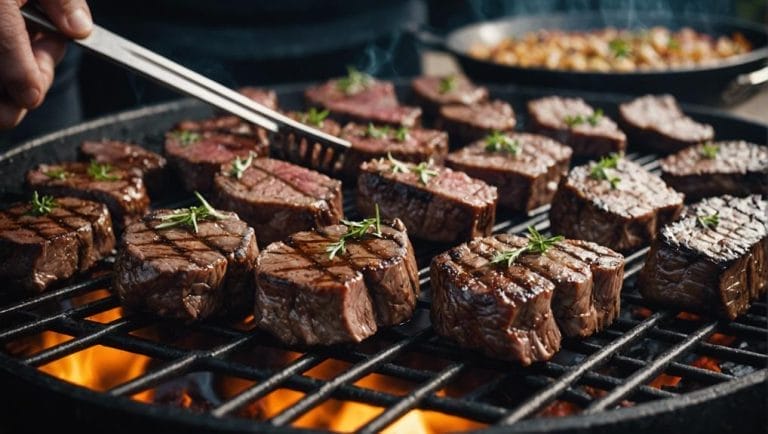How Much Is a Pound of Snow Crab Legs
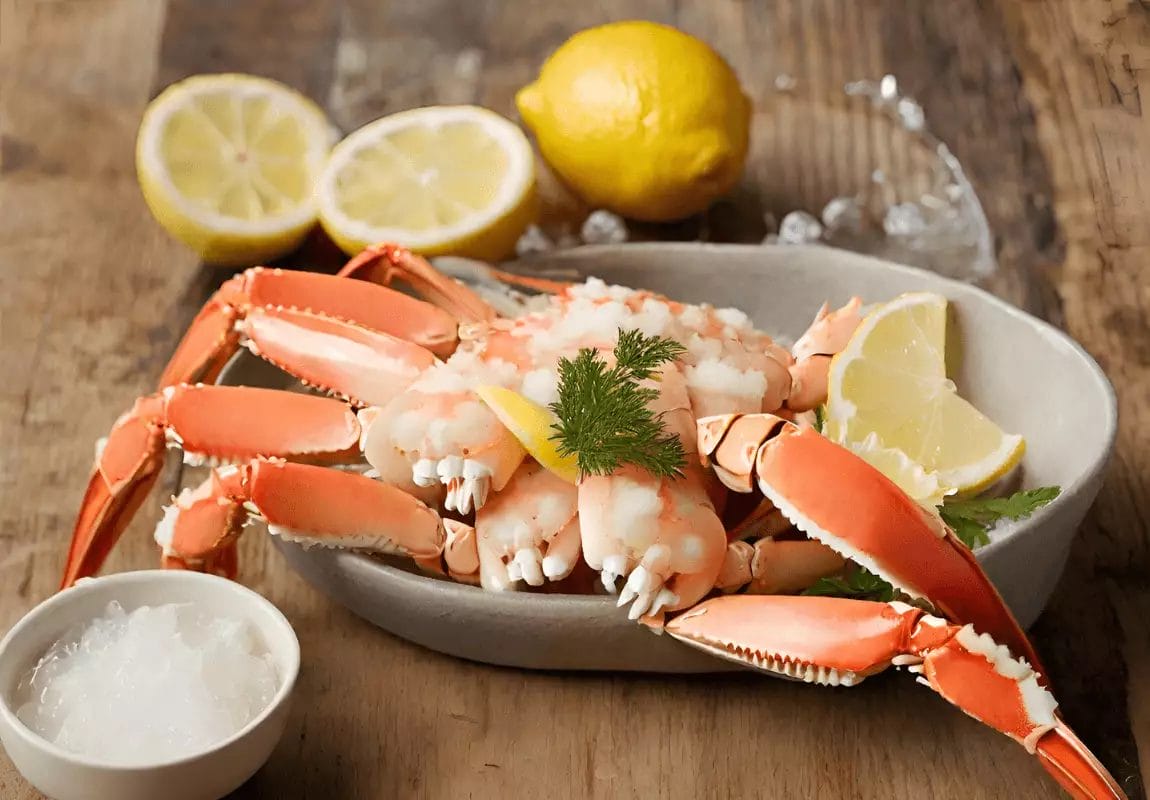
Navigating the market for snow crab legs is akin to charting a course through icy, fluctuating waters. You’re well aware that the price you’ll pay for a pound of these coveted crustaceans can shift like the tides, influenced by a host of factors from seasonal availability to global demand.
As a connoisseur seeking mastery, you know that costs fluctuate around $19.99 per pound, but you’re also cognizant that this figure is a mere snapshot of a dynamic market. You’ll weigh the impact of fishing quotas, consider the nuances of restaurant versus retail pricing, and arm yourself with tips for discerning quality.
Understanding the pricing landscape is essential for you to indulge in the delicate, snow-white meat of the queen crab without getting your wallet caught in a proverbial net.
Guide on medium snow crab legs, including what they are, how much to order, and tips on cooking them.
https://www.crabdynasty.com/medium-snow-crab-legs.html
Key Takeaways
Understanding Snow Crab Pricing
Assessing the cost of snow crab legs helps you budget for your seafood feast, whether you’re planning a lavish dinner or a simple appetizer. When you’re delving into the pricing of snow crab legs, it’s key to note that they’re typically sold in 1-pound clusters. The retail price hovers around $19.99 per pound, though promotional offers may present opportunities for savings.
As Chionoecetes opilio, snow crab legs hail from U.S. waters, ensuring a domestic source for your culinary ventures.
Deciding how many clusters per person is crucial—plan for a half-pound per person if it’s a side dish, or a full pound if it’s the star of your meal. Pairing with complementary vegetables enhances the experience, ensuring your dish is both balanced and indulgent.
Seasonal Availability Impact
You’ll notice that the peak times for harvesting snow crab greatly influence the market, with prices often peaking when supply is low.
As these crustaceans are subject to strict catch quotas, any disruption in the supply chain can lead to significant price volatility.
It’s crucial to monitor these patterns to anticipate changes in cost and availability for your seafood indulgence.
Harvesting Peak Times
Understanding the harvesting peak times is crucial, as they significantly impact the availability and price of snow crab legs you’re looking to purchase.
Snow crab is primarily caught during the coldest months. For instance, in the North Atlantic and North Pacific regions, the season can range from late fall to early spring. This period is when you’ll find the most abundant supply, which can translate to more competitive prices.
Conversely, outside these peak times, snow crabs are less accessible, leading to a premium on pricing and potential scarcity. When you’re considering a feast that includes boiling water and fresh king crab legs, timing is everything.
Purchasing during peak season not only ensures you get the freshest catch but might also stretch your dollar further.
Price Fluctuation Patterns
Your costs for a pound of snow crab legs can vary significantly throughout the year, largely due to seasonal shifts in availability. Understanding market dynamics is crucial, as pricing strategies adapt to these changes. Retailers consider consumer preferences, which tend to increase demand during certain seasons. Here’s an analytical look at the typical patterns:
| Season | Availability | Price Trend |
|---|---|---|
| Winter | Low | High |
| Spring | Increasing | Moderate |
| Summer | High | Lower |
| Fall | Decreasing | Moderate |
| Late Fall | Very Low | Very High |
Observe that prices peak when availability is at its lowest, reflecting a basic economic principle. By staying informed, you can harness these fluctuations to your advantage, purchasing when prices align with your budget.
Supply Chain Disruptions
While you navigate the market for snow crab legs, it’s essential to note that seasonal supply chain disruptions can cause unexpected price spikes and shortages. These disruptions are often rooted in variations at the fishing location—whether due to harsh weather, regulatory changes, or sustainability concerns that necessitate altered fishing quotas.
Moreover, the import/export impact on availability is significant. Countries that manage snow crab populations may impose restrictions to conserve stocks, affecting the global flow of this delicacy. As a connoisseur, understanding these intricacies enables you to anticipate market shifts.
It’s critical to stay informed on current fishing practices and international trade policies, as they directly influence the supply and, consequently, the price of snow crab legs.
Fishing Quotas and Regulations
You need to understand that fishing quotas directly influence the price of snow crab legs by limiting supply to ensure species sustainability.
Navigating the challenges of regulatory compliance requires fishmongers to stay informed about the latest changes in fishing laws, which can affect what’s available to you.
As a consumer, you’re faced with the potential for fluctuating costs and availability tied to these conservation efforts.
Quota Impact Prices
The fishing industry’s quotas and regulations directly affect the price you’ll pay for a pound of snow crab legs. Understanding pricing in this context means recognizing how market demand interacts with regulatory compliance to shape costs. Strict quotas limit supply, which can drive prices up, especially when demand remains high. Conversely, if quotas increase and the market is flooded, prices may drop.
- Quota Impact on Pricing:
- *Market Demand:*
- High demand + limited quota = Increased prices
- Lower demand + ample supply = Decreased prices
- *Regulatory Compliance:*
- Stricter enforcement = Higher operational costs
- Sustainable practices = Long-term availability, potentially higher short-term prices
An analytical approach reveals that the interplay between these factors determines the availability and price of snow crab legs in a complex, ever-adjusting market.
Regulatory Compliance Challenges
Navigating the complex regulations, you’ll find that each pound of snow crab legs reflects stringent quota limitations designed to protect the species. These fishing industry regulations are a critical component of sustainability practices.
As you delve into the market dynamics, understand that catch management strategies aren’t just bureaucratic hoops to jump through; they’re essential for the species’ survival and the fishing community’s future. Adhering to these guidelines is non-negotiable.
Fishmongers like Aqua Best Seafood Market are your allies in this; they’re well-versed in the necessary size, quantity, and weight adjustments that compliance demands.
Market Demand Trends
In light of market demand trends, you’ll find that snow crab legs are particularly sought-after due to their quality and sustainable sourcing. This desirability is reflected in consumer preferences, which consistently lean towards high-quality, eco-conscious seafood options.
Your understanding of these trends is pivotal for making informed decisions, especially when considering the pricing analysis of such products.
- Market Trends
- Growing appetite for sustainable seafood
- Premium pricing of eco-friendly products
- Consumer Preferences
- High-quality seafood demand
- Willingness to pay for responsibly sourced items
Analyzing these elements reveals a market that values not just the intrinsic taste and texture of snow crab legs but also the practices behind their harvest. As a sophisticated purchaser, these insights are crucial to your procurement strategy.
Comparing Restaurant Vs. Retail Costs
Considering the market trends and consumer preferences you’re already aware of, you’ll notice that snow crab legs often carry a higher price tag in restaurants than in retail outlets. This discrepancy stems from the value-added services restaurants provide—such as preparation, cooking methods, and ambiance.
When examining restaurant vs. grocery costs, consider the culinary expertise and convenience you’re paying for in a dining establishment. Quality comparison is also crucial; restaurants might source premium grades of snow crab legs, further justifying the cost differential.
Retail options, by contrast, allow for more flexibility with bulk purchases and potential savings, especially if you’re adept at home cooking. However, you must weigh the pros and cons of each to determine the best avenue for enjoying this delicacy.
Tips for Buying Snow Crab Legs
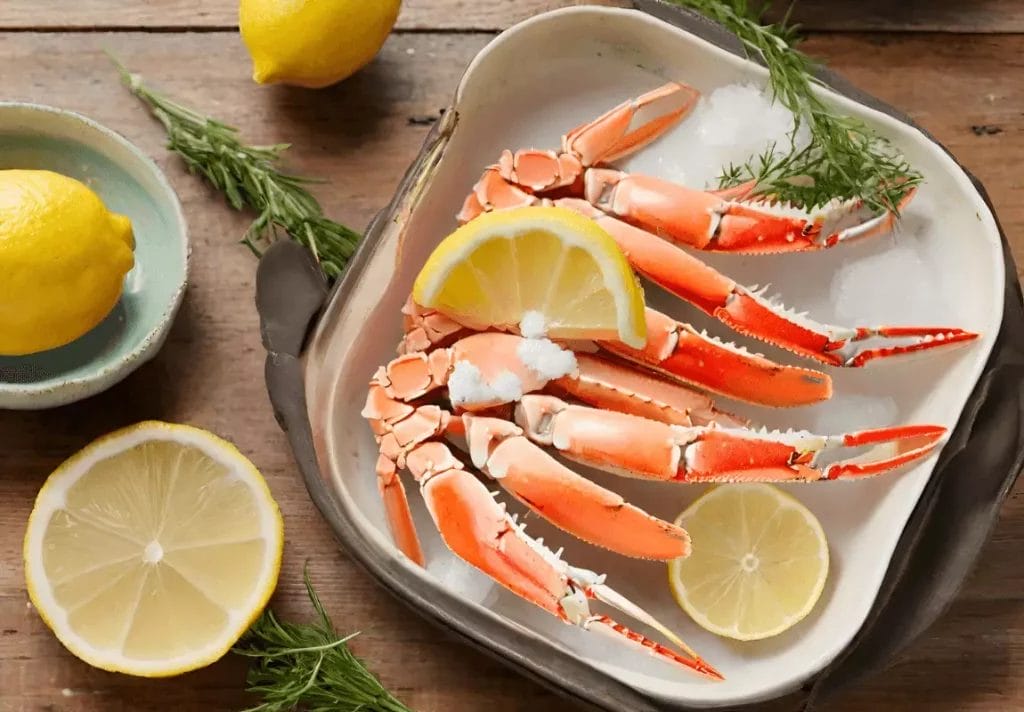
Often, you’ll find that buying snow crab legs requires a keen eye for quality and a consideration for the source to ensure you’re getting the best value for your money. Your mastery of this process hinges on precise buying tips, a thorough pricing understanding, and knowledge of how availability impacts your purchase.
Consider the following:
- Quality Check
- Look for legs with a bright shell and a fresh sea smell.
- Avoid any with discoloration or dry spots.
- Sourcing and Sustainability
- Opt for crab legs certified by a reputable sustainability organization.
- Understand how seasonal changes may affect the availability and pricing.
Conclusion
You now know that snow crab legs, prized for their delicate flavor, cost $19.99 per pound. Seasonality, fishing regulations, and market demand all influence this price.
When dining out, expect higher prices due to restaurant markups. For smart shopping, buy during peak season and watch for sales.
Remember, these crustaceans’ journey from icy depths to your plate justifies their cost, reflecting the intricate balance of sustainability and culinary indulgence. Choose wisely to enjoy their luxurious taste.

